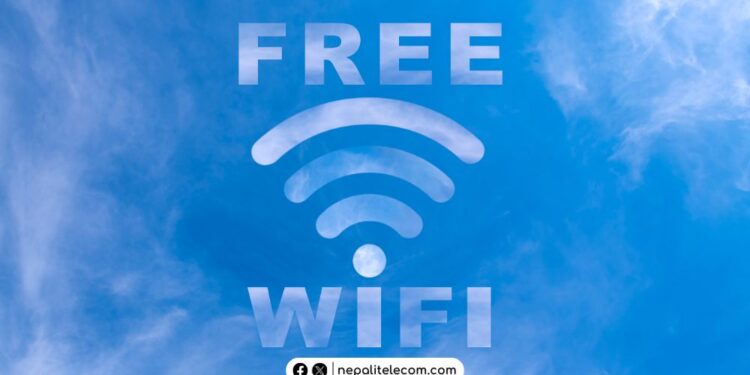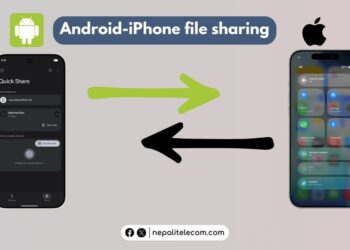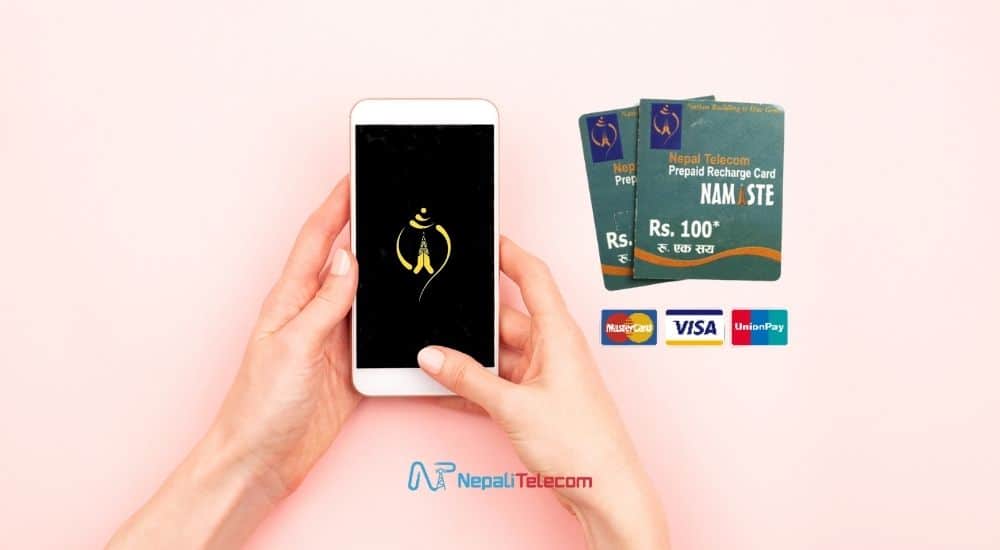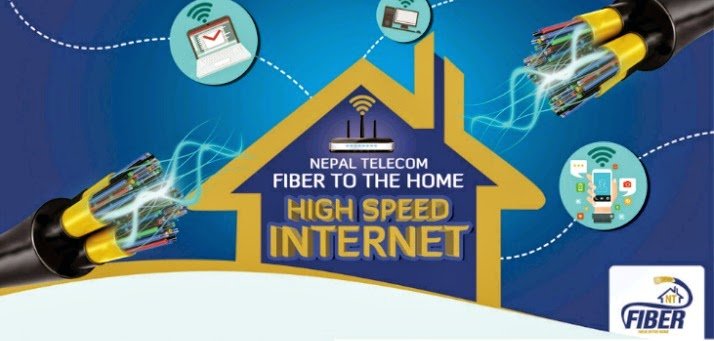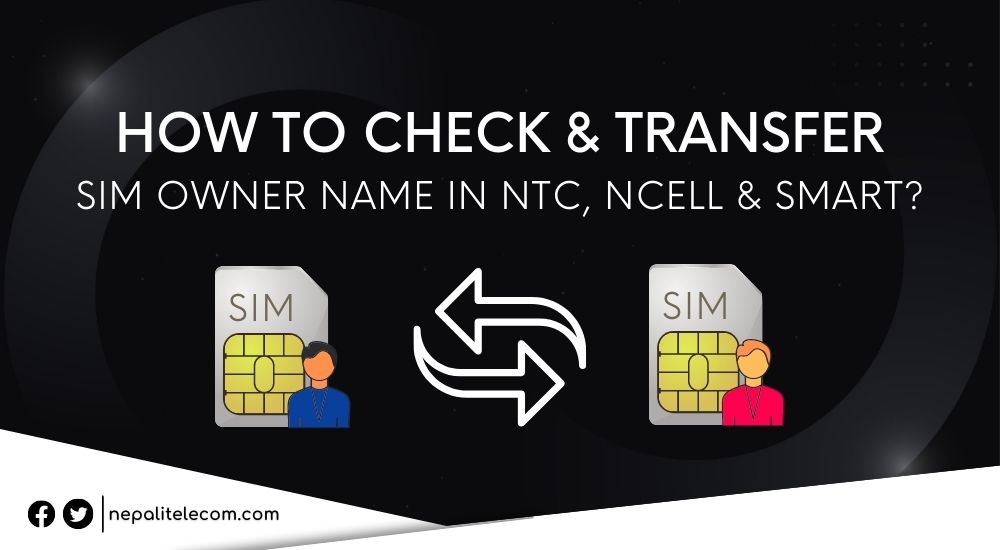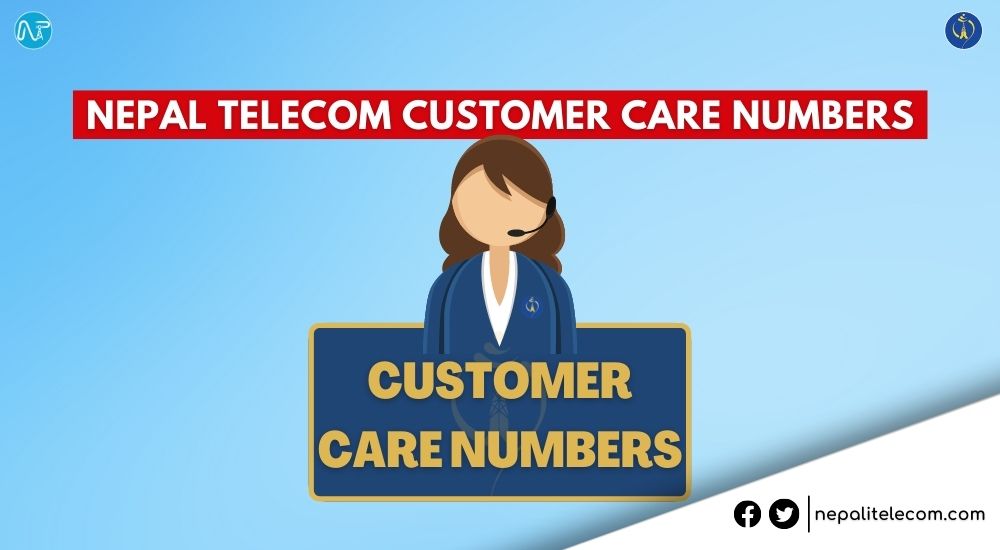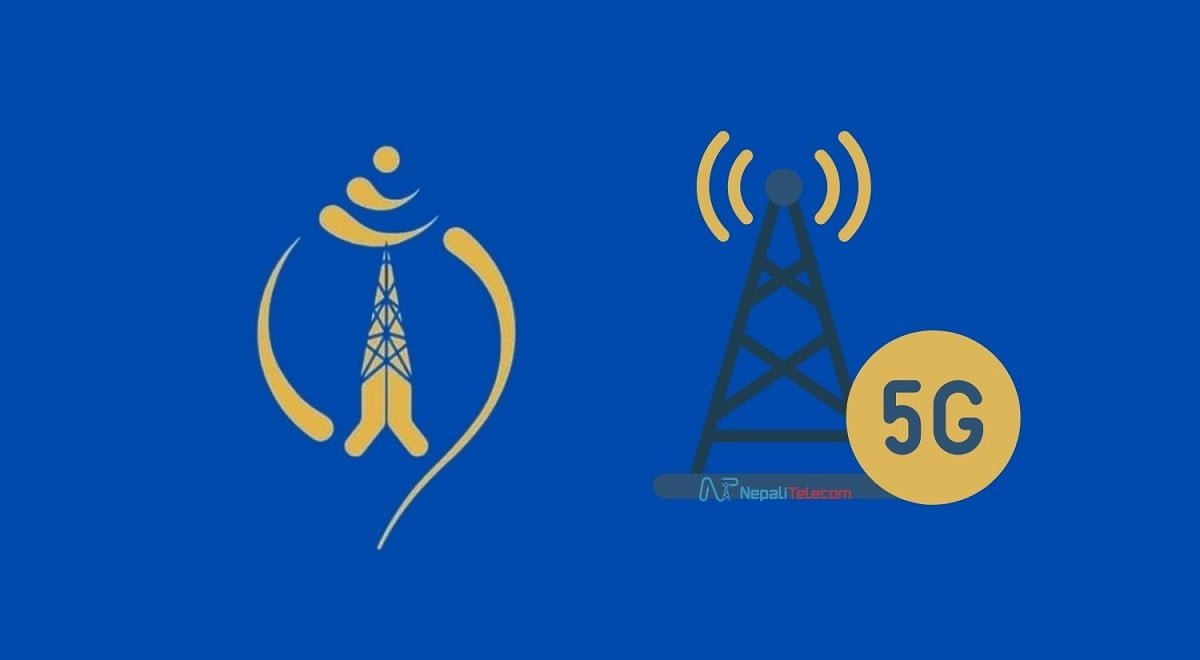- After taking office, Nepal’s new communication minister Jagdish Kharel announced plans to install free WiFi hotspots in various cities..
- The decision has been lauded as much as critiqued..
- For some, it’s a welcome decision that promotes digital connectivity, while others dismiss it as an ill-conceived plan..
After taking office, Nepal’s new communication minister Jagdish Kharel announced plans to install free WiFi hotspots in some city’s public places. The decision has been lauded as much as critiqued. For some, it’s a welcome decision that promotes digital connectivity, while others dismiss it as an ill-conceived plan. But there are also some challenges to this plan that we discuss in this article below.
Free WiFi for the public!
Minister Kharel said that free WiFi hotspots will be launched in public areas of 10 cities in five months. That duration comes down to four months as of writing this article. For Kathmandu, the ministry plans to install WiFi in all public areas in two months, which has now become one month as of writing this article. The decision benefits people who want free connectivity on the go. No tariff is charged. Just open your WiFi-compatible device and connect. Though one must be aware of safety measures when using public WiFi hotspots, it’s great that the internet comes free to your phone.
But democratizing the internet does have negative sides, too. ISPAN’s former chair, Binay Bohara, expressed his dismay over the decision.
“Although plans with good intentions, such as free Wi-Fi, sound appealing and simple, they involve many challenges and complexities. Only by listening to different perspectives can the minister truly understand these complexities, and only then make mature decisions and introduce policy changes that can revive the telecommunications sector and genuinely advance Nepal’s digital transformation,” Bohara wrote.
Let’s get to the main topic now.
Also: See Who Is Using Your WiFi: Top 5 Ways to Check with Steps
Challenges to bring free WiFi to public places
Here are some unignorable challenges to providing free WiFi services in public places:
- Sustenance: The first and foremost challenge of providing free WiFi service in public places is to sustain it. After beaming hotspot signals, will the government be able to continue it? The broader question is, will the subsequent government also continue this public facility?
- Cost factor: Free WiFi will come at a cost. The government will have to buy, install, and continuously maintain equipment and its software to keep them running. It’s not impossibly costly in the initial phase. However, it will require continuous inspection and monitoring. In the long run, its operational cost including international internet bandwidth could become a headache for the government and NTA.
- Conflict with telcos: The Decision to operate free WiFi networks for public consumption lands the government in dispute with telecom operators. It’s because providing free-of-cost WiFi to the public means cutting off revenues for telcos whose significant earning comes from selling data packs. But when connectivity is freely available in public places, people will stop using data and connect to a free WiFi hotspot. And it also questions government’s gigantic taxes and fees for telcos mobility service, when the same service can be provided for free or at a bare minimum fee for the ISPs.
- Contrary to the government’s policy: The government has planned to close ISPs’ free WiFi Mobility service in the current modality. It paid heed to telcos’ concerns in curbing ISPs’ free WiFi services. But now, the government itself is coming up with such a plan contradicts its stance. It’s true that we are talking of a different government; however, consistency in policy is necessary too to avoid confusion and doubts.
- Half-baked: Some even argue that the plan is half-baked and dialogue is not held with stakeholders regarding its feasibility.
- Security: Using public WiFi comes with possible security risks. NTA/government will have to put in more effort to ensure user data is secure on its free WiFi hotspots.
Check out: Wifi Vs Mobile data; which one to use?
A distraction from 5G!
The challenges of bringing free WiFi to the public come with financial, technical, as well as legal issues. I somehow also find it odd that while we were supposed to be closer to 5G network in Nepal, we are having to deal with free WiFi.
But if everything is sorted, it will still benefit people with connectivity on the go. Let’s see how the plan pans out in the next few months.
But don’t forget to share with us your opinion on the government’s decision to bring free WiFi in select cities across Nepal. You can drop your perspective in our comment section below.


